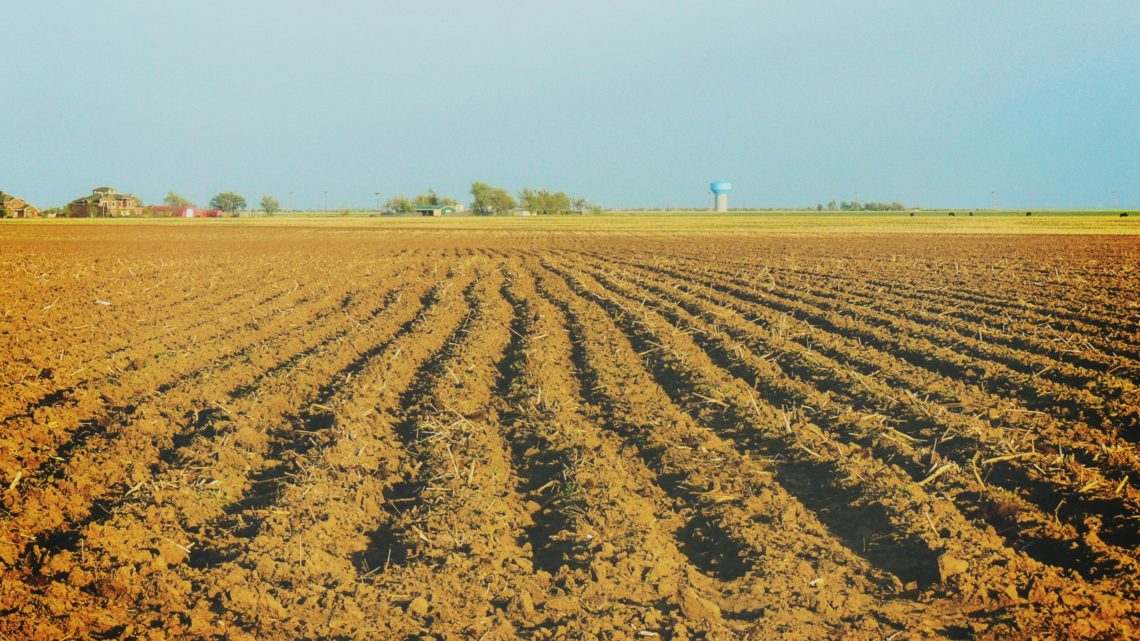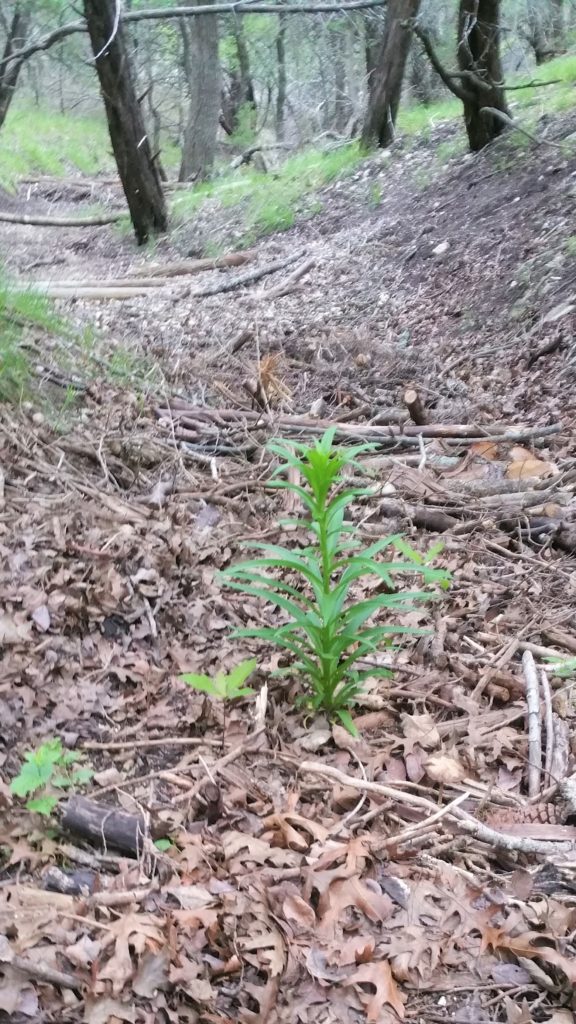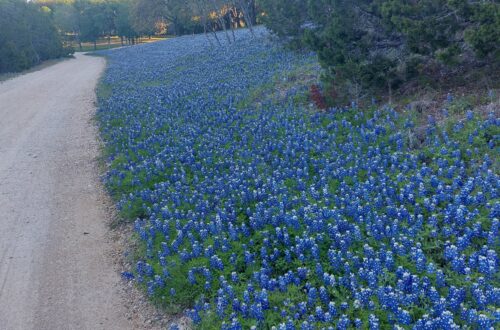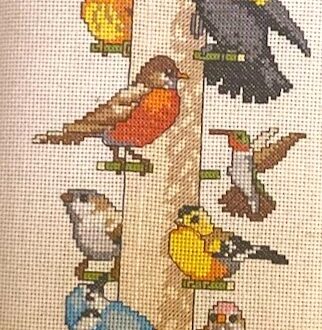
A Gully or a Furrow?
Every spring, some of the land around here is washed into deep gullies by sudden cloudbursts combined with our unstable, thin soil. Whether you call them gully-washers, frog-stranglers or trash-movers, these powerful deluges instantly fill time-worn ravines or create new ones. When the runoff is powerful enough, the force of the water rearranges branches, leaves and rocks and sends all coursing downward through the terrain. A gully snakes its way through the land, its path dictated by slope, rain, and vegetation.
Every spring some of the land around here is plowed into patterns of rows and furrows as farmers ready the soil for planting. Tractors snake their ways through the fields, their attached implements first disking up the land, then creating furrows surrounded on each side by neatly mounded rows. Hard-working hands and reliable machinery combine to channel water, whether provided by Mother Nature or irrigation rig, towards plants’ roots. The sight of those plowed fields with their Zen-like patterns is a satisfying and strangely comforting symbol of familiar and time-tested practices.
The gullies below my home deepened and widened with the past weekend’s heavy rains. My quick walk-around inspection shows several places where the soil eroded, exposing the roots of the junipers. Hardy cacti cling to rocky outcrops and it is easy to slip and fall on small rocks. As I carefully pick my way through the land, something catches my eye. A strange looking, Kelly-green plant is growing straight and strong smack dab in the middle of a wide gully filled with last year’s leafy debris. I discover a healthy, almost fully grown Easter lily! Last spring, as the lily dried and drooped, we carelessly tossed it into the nearby gully. Past attempts to coax these hot house beauties to grow in the rough outdoor environment had been futile. Over a year later, I receive a spring surprise. There is no hint of bud or blossom, but no matter. In the most adverse conditions, the lily is not merely clinging to life, it is thriving. That lily turns my landscape knowledge and my assumptions about lilies, and gullies for that matter, upside down. Is there a lesson here to be learned beyond the trite saying bloom where you are planted? Unlike the furrowed fields of nearby emerging crops, this hardy Easter lily was neither planned nor planted. It was discarded and forgotten. I greet it, and welcome the inspiration that it brings: New life happens in surprising places.

The tendency to wax poetic or otherwise about the contrast between purposeful growth and random surprises can overwhelm this little story of lily, gully and furrow and so I keep my lessons economical and my advice sparse. Welcoming, orderly furrows are like the ways God directs my growth and nurtures my soul through long-established patterns and practices of devotion. I create furrows of faith when I commit to daily prayer, when I dive into a new study, when I open my mouth and sing out my praises or share my sorrows with a community of faith. Familiar and predictable practices are what I turn to when my spirit falters or my soul bursts with joy. Lovely, intentional furrows nourish my soul.
Gullies, with their cluttered mats of sticks and leaves and slippery, changing ruts are like the unexpected detours and surprising twists that also characterize my spirit-seeking life. Gullies may never see a plow or plan, but good things can take hold among the shadows and rocks, in thin soil and on the steep banks. The serendipity of a green and growing plant forces me to rethink my assumptions, and reminds me that new vigorous life can happen anywhere and anytime. God can be found in the natural world as surely as in Bible, book or blog.1 I am astounded today with a minor miracle, lily-sized and lily-shaped, as sturdy as any carefully planted stalk of corn. Wild and meandering gullies of life with their hidden treasures keep me open to wonder and nourish my soul.
Gully or furrow? Furrow or gully? It is not an either/or, but a both/and way to discover the Divine in the everyday. A fully-formed life2 results from the planned and the unplanned, from the careful tending and the surprising intruders. Daily, I plow the fertile ground of scripture, prayer and journal. Daily, I pay attention to unexpected insights, gifts that that pull me up short with amazement and awe. A faith-filled future depends on my willingness to both stay the course and to be surprised; the courage to both make plans and abandon them; the vision to see God in predictable places and wild ones.
1Nature is God’s first missionary. Where there is no Bible there are sparkling stars. Where there are not preachers there are spring times… If a person has nothing but nature, then nature is enough to reveal something about God. Quote from author and Minister Max Lucado
2This most generous God who gives seed to the farmer that becomes bread for your meals is more than extravagant with you. He gives you something you can then give away, which grows into full-formed lives, robust in God, wealthy in every way, so that you can be generous in every way, producing with us great praise to God. 2 Cor 9: 10-11 (The Message)
Question for Reflection:
There are many ways to enrichen and energize our spirits and relationship with the Divine. How do you breathe life and welcome innovation into time-honored practices of devotion?
Plowed Field photograph by K. Mitch Hodge on Unsplash
The Lily and the Gully photograph by author, 2020.





One Comment
Gene Swanson
I can’t tell for sure from your photo because the leaves aren’t clear but the plant you attached is very similar to the Lemon Mint, a wildflower. We have them on our place right now though not a lot. Like others wildflowers, they’re fickle. You’ve seen our Standing Cypress with the tiny fluted red flowers.